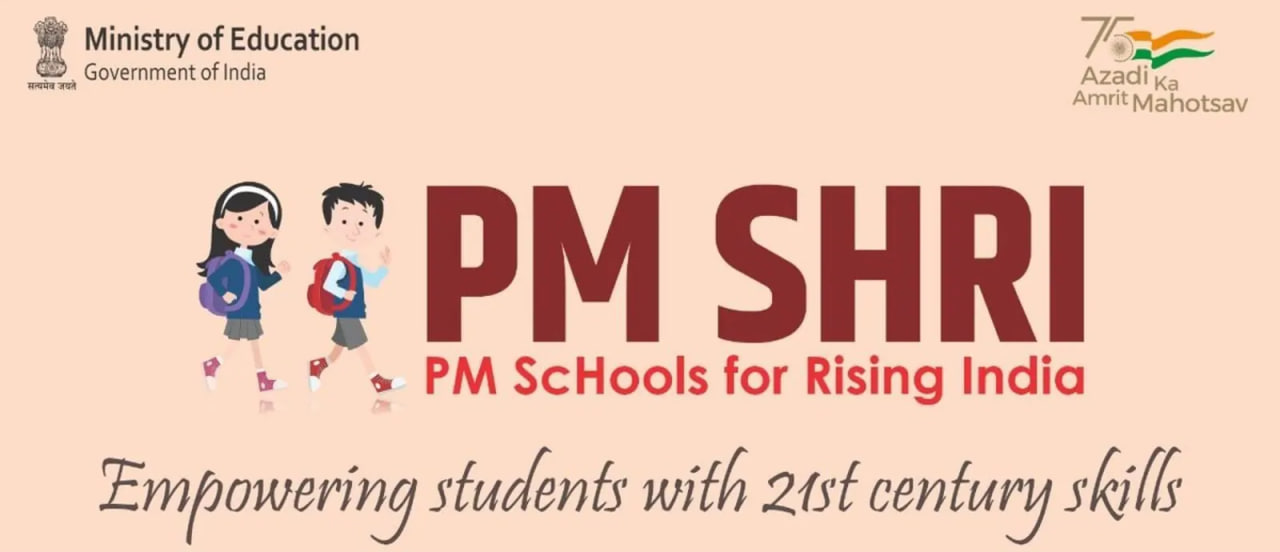Free Courses Sale ends Soon, Get It Now


Free Courses Sale ends Soon, Get It Now



Copyright infringement not intended
Picture Courtesy: www.hindustantimes.com
Context: The Union Education Minister launched the Pradhan Mantri Schools for Rising India (PM SHRI) scheme in Odisha, with the aim of developing thousands of schools across the country.
Pradhan Mantri Schools for Rising India (PM SHRI) scheme in Odisha
Pradhan Mantri Schools for Rising India (PM SHRI) scheme
Key features of the PM SHRI scheme
Selection of PM SHRI schools
Implementation of the PM SHRI scheme
Expected outcomes of the PM SHRI scheme
Conclusion
Must Read Articles:
PM-SHRI SCHEME: https://www.iasgyan.in/daily-current-affairs/pm-shri-scheme
|
PRACTICE QUESTION Q. How does the Pradhan Mantri Schools for Rising India (PM SHRI) scheme contribute to the enhancement of education in India, and what specific initiatives or reforms does it introduce to foster educational development in the country? |
© 2024 iasgyan. All right reserved